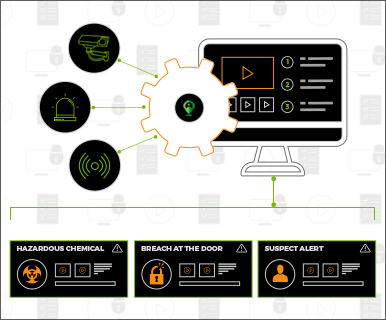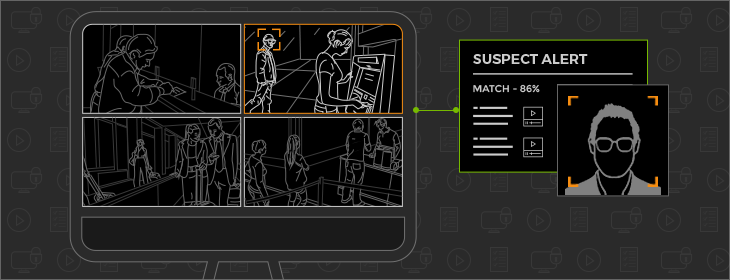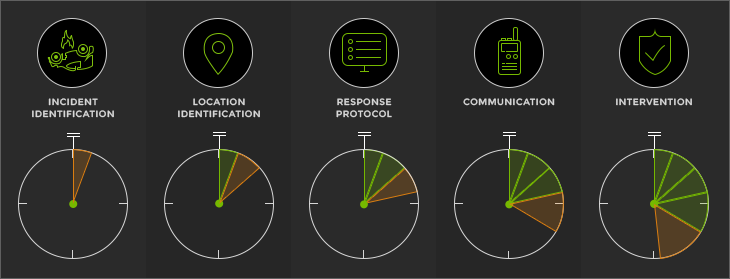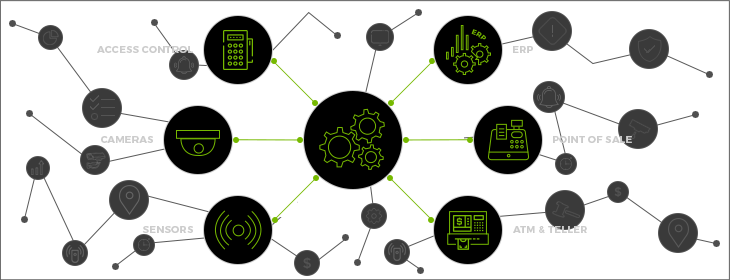Situation Management Benefits

A Situation Management System addresses major gaps in an organization’s security and surveillance system that utilizes several devices for various requirements. Boston integrates all these and provides a central monitoring and control system, which minimizes risk by identifying critical, non-critical and potential situations.
This centralized command center reduces operational costs/overheads and response time. When an event occurs, information and status updates from various sources are available in real time to security personnel so that they can respond immediately. Compliance and audit efforts reduce as the system stores time and geographical data along with alarms, alerts, supporting videos and status.
The Situation Management System integrates well with ERP, POS and other existing systems.
Pre-emptive intervention

Boston platform would be able to help an organization to shift from one acting on a post-event, to one that can have a strategy for identifying and responding before the event occurs. The system scans and identifies the person entering a shop having a record of shoplifting, and the organization would already have the operation procedures defined to handle the situation of this type.
A similar situation may involve quickly identifying assets or places that may pose health and safety risk and have the corrective actions taken.
Synchronized Communications

Boston takes care of communication to all ensuring that poor communication is not responsible for the escalation of the situation.Some situation would require the team to collaborate to contain it immediately. The platform allows people to have access to the video and updates of other devices remotely using simple web interface.
The event details that aggregate within the system would provide the right insight to give the best response to the situation.
It would help both the personnel at the location of incident provide status’ and management representatives communicate the decisions quickly.
improved operational cost

A centralized command and control system reduces the cost of setting up of several control systems across an organization. Bostons Situation Mangement System intelligently correlates incident data based on time and location which helps reduce the cost involved in employing several operators to put data together.
By proactively identifying false alarms, the system helps avoid unnecessary effort and cost that could arise from potential disruption.
Bostons Situation Management System uses Web technologies that reduce dependence on additional systems, thus reducing IT operations cost.
faster response time

Boston’s Situation Management System can receive input from multiple devices and identify situations and their locations. It also provides the response protocol which helps security personnel respond quickly to each situation. The system can aggregate and update each incident’s status which is available for everyone to view, and aid in making quicker decisions.
Also, the system enables better management of resources and establishes a more efficient communication system, which helps handle situations more quickly and efficiently.
Integration

The security system may seem complex with both human and other assets working together to complete the surveillance structure. It can play an integral role in helping an organization fulfill its overall mission when it integrates with all the other systems.
Boston’s open architecture Situation Management System provides seamless integration as it supports most analog and digital devices. It can integrate with video management systems, fire alarms, access control and other automation devices. It also integrates with the existing ERP, POS, MIS, EBR, and ATMs where the information is made available cohesively for management.
Response protocol Compliance

Organizations facing challenges in making the workplace safe and secure must develop a strategic approach to securing it. It entails implementing an organization-wide security policy which oversees a consistent implementation of security applications, especially if multiple security systems are operating across numerous sites.
Boston’s Situation Management System is entirely auditable, and its logs tracked. The standard operating procedure built into the system enables the security team’s compliance with stated security policies while containing any given situation.